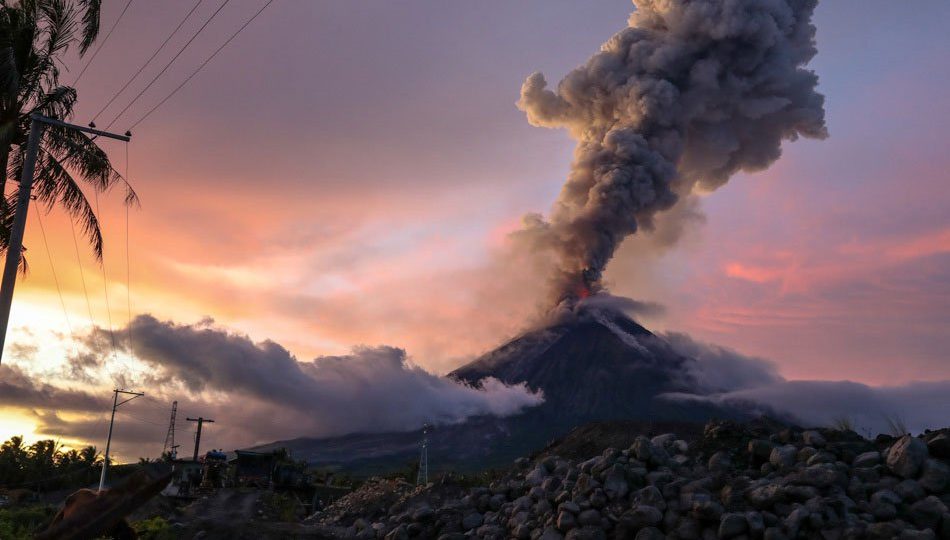Experts at the Philippine Institute of Volcanology and Seismology (Phivolcs) suggested on Tuesday that the unrest in Mayon Volcano could persist for several months, based on historical data.
Dr. Teresito Bacolcol, director of Phivolcs, drew comparisons between the current volcanic activities and those in 2018 and 2014, stating that based on their experience, this activity could last for a few months.
“When the eruption is violent, it would probably take a few days to weeks, but when it is slow like this, it would probably take several months,” Bacolcol explained during an interview with Teleradyo.
According to Bacolcol, residents in the volcano’s permanent risk zone will have to continue staying in shelters for at least the next few months. The National Disaster Risk Reduction and Management Council reported that over 14,000 residents are currently residing in evacuation centers.
Bacolcol acknowledged that the residents in the permanent danger zone may have their stay in the shelters prolonged for a few months, noting that there should not have been any people in the permanent danger zone in the first place. Unless the alert level is lowered, those living in the permanent danger zone will have no choice but to remain in evacuation centers.
Phivolcs raised the alert level for Mayon Volcano to Level 3 last Thursday due to the potential for explosive activity within days or weeks. Alert Level 3 is announced when a volcano’s magma is at or near the surface, indicating the possibility of dangerous eruptions within weeks.
Increasing the danger zone beyond an eight-kilometer radius from the active crater would require a higher warning level, according to state seismologists. However, Governor Edcel Greco Lagman of Albay has already extended the “danger zone” of the volcano to a seven-kilometer radius.
As of Tuesday, Phivolcs reported one volcanic earthquake and an emission of 723 tonnes of sulfur dioxide from Mayon Volcano.




